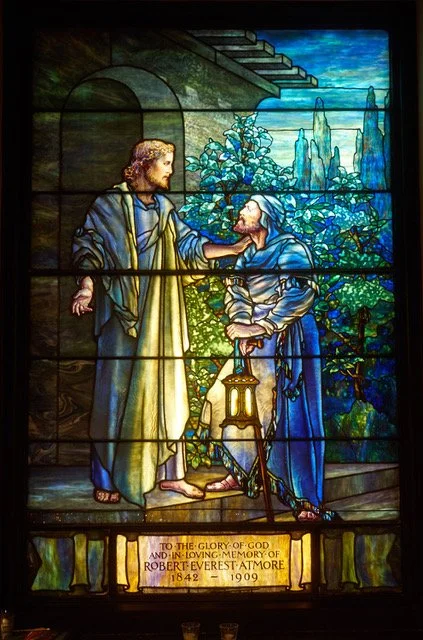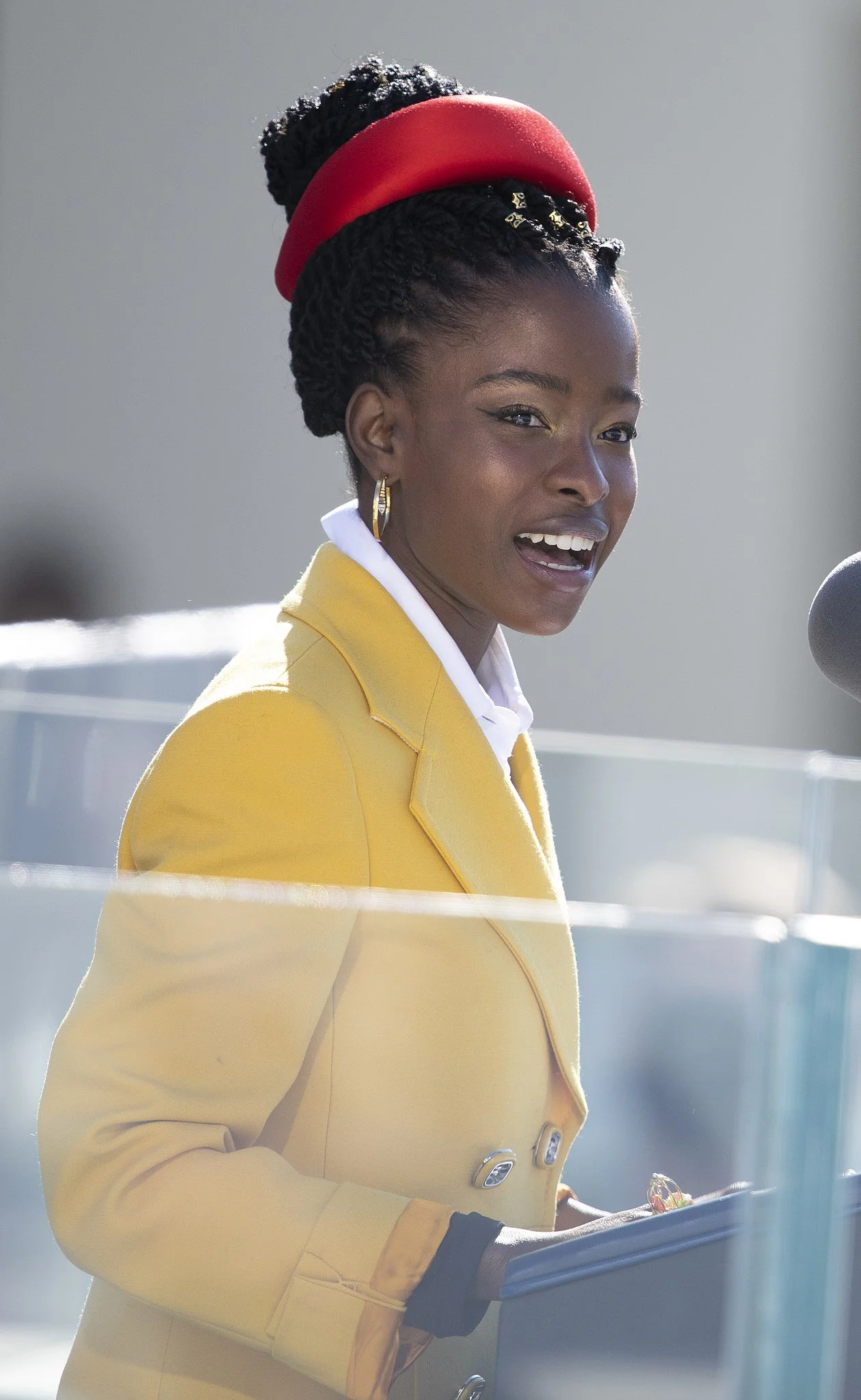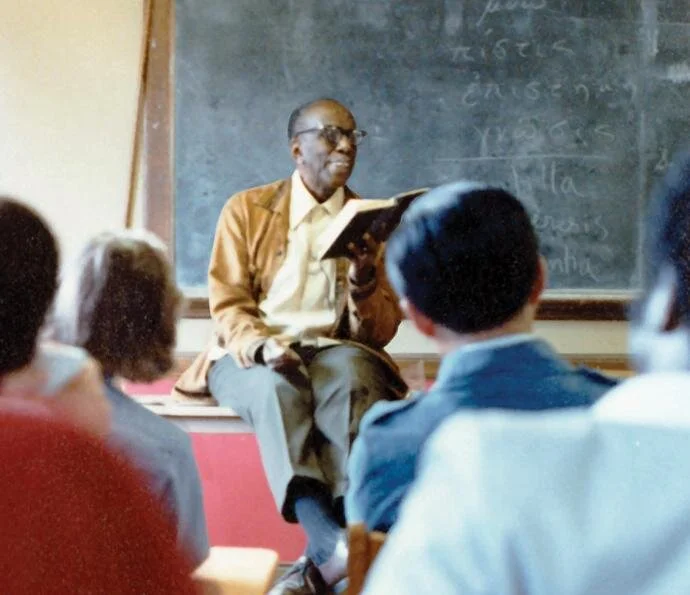Personal journeys in spirituality, faith, and Church 2: Pau Casals, 1876-1973
Pau [Pablo in Spanish] Casals, 1876-1973, world-renowned Catalan musician and activist awarded the Nobel Prize and the United Nations Medal for peace, claimed he was a “man first, an artist second,” with music his primary weapon in his pursuit of the welfare of his fellow man (Pablo Casals with Albert E. Kahn, Joys and Sorrows, 1974 ed., 286).
He composed and performed music to bear public witness to the light within humanity, aiming to counter the darkness and suffering that humans also wrought. His anguish at World War I may have spurred his mission: “Music remained for me an affirmation of the beauty man was capable of producing—yes, man who was now causing such havoc and agony” (Casals-Kahn, 147). His most drastic protest was temporary musical silence: not playing publicly, especially in countries that supported Spanish dictator Francisco Franco, whose accession in 1939 drove Casals into self-exile for the rest of his life.
His social mission was one facet of a worldview that Casals repeatedly described in wonder-filled Christian language, making this vision the expression of a spirituality and faith with God and music at their center.
I’ll first synthesize what Casals offered in countless interviews, then explore how he approached that core.
Casals’ faith and spirituality
Casals, in short, engaged with God’s creativity, offering human gifts as acts of devotion.
He exulted in being one element of a cosmos that God created and quickened with life. Casals saw nature, the most approachable aspect of the cosmos, not only as God’s handiwork but also as boundless divine presence. When at the ocean, Casals’ cherished cosmic threshold, “everywhere I see God, in the smallest and largest things” (unidentified interview in McCall’s [women’s magazine], often cited online).
Casals gloried in life, a constantly renewed force that made every day a new beginning even in advanced age (Casals-Kahn, 17).
Life also signaled God’s presence within us, each with individual conscience, will, and capacity for beauty. Ancient index of the good, beauty could direct conscience within willed acts—if allowed.
For Casals, beauty was the divine incarnate, our capacity to create beauty a manifestation of the divine within, and its perception a sacred experience. Supreme among forms of beauty, for Casals, was sound, whether nature’s (wind, waves, creatures) or man’s, especially music. One often-cited quote: “I find [God] in music. What is . . . music but God?” Creating, performing, or listening to music was a spiritual act, communion with God through our own divine gifts.
For Casals, man’s highest task was to nurture and use any God-given abilities. Himself a child prodigy who received the training that his talented father did not, he constantly urged young people to develop their gifts. He himself practiced hard every day and taught legions of students. This was spirituality—divine communion, even prayer—in practice.
What shaped Casals’ spirituality and faith?
Casals credited his views and practices to his family and native Catalonia, whose ancient culture was steeped in Catholicism. He spoke warmly of the worship that was integral to everyday life in the seaside village of El Vendrell, whether praying the daily rosary at home or attending mass and the Divine Office at church. His father Carlos, the church organist and village musical events organizer, opened the world of music to him. His mother Pilar was his lifelong conscience and the driving force in his musical training and self-discipline. She also opened nature to him with regular outings to the nearby beach of Sant Salvador, where he began his lifelong rite of a morning walk on a beach as daily communion with God and his created cosmos.
Casals on the beach in Puerto Rico
Once he became enamored of Bach’s music (see below), Casals prefaced that seaside rite with two of Bach’s preludes and fugues on the piano as a “benediction on the house” (Casals-Kahn, 17).
God, music, and nature fused as Casals’ spiritual and devotional core.
How did Casals see particular music?
Aside from the social aim mentioned at the outset, we find other insights into Casals’ engagement with music. Here are three examples:
(1) Casals’ passion for Bach, for him the “essence of music,” was encapsulated in the Six Suites for Violoncello Solo that he discovered at age 13, works that no one had yet played publicly in their entirety. For Casals, the Suites’ beauty was in the whole, with the repeats revealing the works’ “full architecture and artistry.” Scoffing at their reputation as mechanical and cold, he lauded the “radiance of space and poetry [that] pours forth from them!” (Casals-Kahn, 46). Casals thus saw in them an array of (divinely-endowed) human accomplishments, from the rigor and marvel of structure to the allusive power of space and poetry.
(2) Casals’ oratorio El Pessebre, composed intermittently in exile (1943/1960), fused Christian essentials, world social ideals, and human musicality in a plea for world peace and brotherhood amidst the evolving troubles of the 20th century. Starting in 1962, he performed the work on tour almost exclusively in his last years.
El Pessebre (The Manger) is based on a Catalan poem for Christmas by his friend Joan Alavedra, which Joan sang with his daughter beside the little Nativity that they built before fleeing Franco. Spiced with popular Catalan music and instruments, the oratorio presents God’s promises and man’s hopes—and capacity for reverence—in a traditional sacred (but not liturgical) musical form where heaven and a diverse earth converge, foregrounding sung celebrations of the newborn man-God (who cries!) by angels, kings and humble folk, and stable animals.
(3) Finally, Casals’ most personal and least familiar compositions were sung liturgy for a specific religious group: the celebrated boys’ choir of the Benedictine Santa María de Monserrat abbey near Barcelona.
Santa María de Montserrat abbey
Casals considered the abbey his second home. First visiting them when he taught in Barcelona (beginning in 1896), he openly treasured his longtime bond with the monastic community, even by correspondence in exile. Over decades he composed Masses and the Rosary that they sang daily. His motets in Latin and Catalan are simple, accessible, “Romantic” melodic expressions of heartfelt humanity and glowing beauty rather than sophisticated structure. Performed as sung liturgy (vs. the later concerts and recordings), these motets suggest Casals’ own church worship by proxy within what many considered the locus of Catalonian spirituality.
. . . .
Until he died in Puerto Rico at 96, Casals lived his spirituality, playing and practicing the cello, blessing the house with Bach on the piano, and walking the beach: every day a new day in communion with God through music and the cosmos.
—Suzanne Glover Lindsay, St. Stephen’s historian and curator









